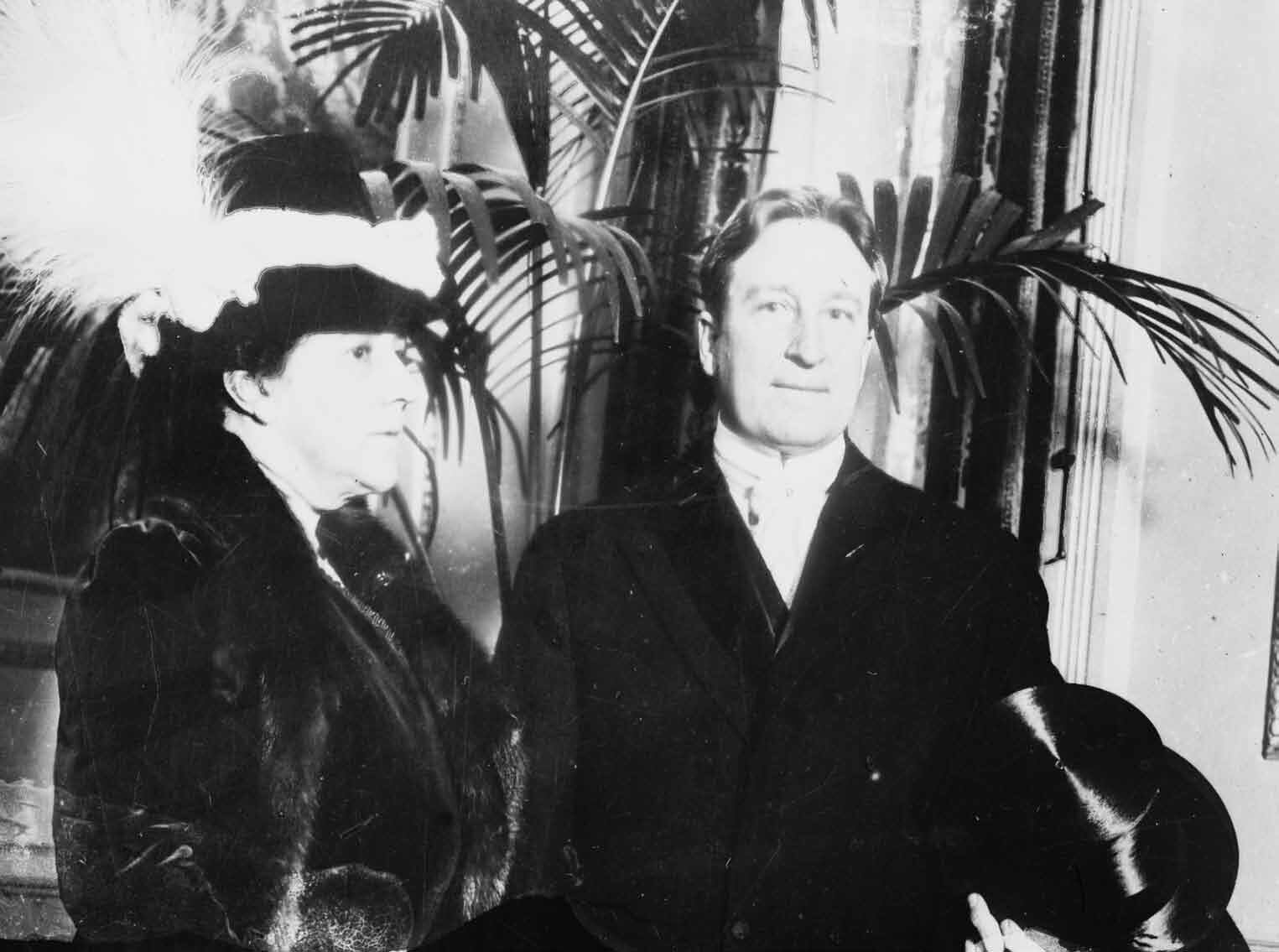Dix Bridge
Dix Bridge
The Dix Bridge was constructed in 1895 to provide a free crossing between the milling, manufacturing, shopping, and shipping centers of the Village of Schuylerville and the Hamlet of Thomson. Lumber merchant and hamlet namesake Lemon Thompson and Daniel A. Bullard, owner of the Schuylerville Paper Co., were responsible for the bridge that connected the two communities. There were already two privately constructed toll bridges across the Hudson, but this bridge was the only one that was free to all pedestrians and vehicles.
Work began on June 5, 1895, and three months later, Bullard and Thompson were the first to cross it. The Schuylerville Standard newspaper raved, “It is now possible for people on the other side of the river to come to this town to trade without having to pay a tax for the privilege.” The bridge became known as the Free Bridge.
It would be many years until the bridge was renamed after local manufacturer and politician John Alden Dix. Dix was the son-in-law of Thompson and eventually took over the Thompson Mills, developing it into the expansive Iroquois Paper Mill. He also served as New York State Governor from 1911 to 1912.
Today, the Dix Bridge links pedestrian, bicycle, and snowmobile trails in Washington and Saratoga counties. Once closed due to disrepair, it was rehabilitated and reopened in 2013 as a result of a multi-partner community effort, using federal, state, and local funding, as well as private donations.
John Alden Dix with his wife Gertrude Alden Thompson Dix
c. 1910. Courtesy of Flickr Commons project.
Iroquois Paper Mill
c. 1909. Courtesy of Greenwich Town Historian
Headline from the Schuylerville Standard 1895
Courtesy of Old Fulton NY Post Card website
Dix Bridge






